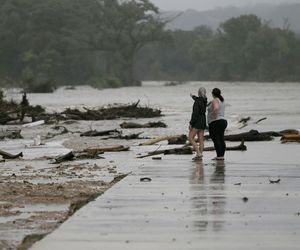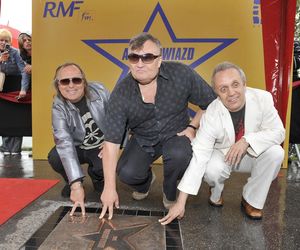During the nineteenth century, the capital of Silesia has become not only an important administrative center, but the cultural and commercial. The city is constantly expanding, and modernizing its infrastructure construction and resources.
In 1877 Wrocław started the first lines of trams, which functioned until 1910, and since the 90s along with the electrification of the city were gradually replaced by electric trams.
At the beginning of the twentieth century in Wrocław appeared absolutely innovative architectural projects, such as Centennial Hall. The city has steadily increased the number of foreign diplomatic missions, they invested in him is established.
25 August 1944, during Second World War the city was announced by the Germans as a fortress.
Wrocław was destroyed in 70 precent. Buildings of some neighborhoods have been razed to the ground.
It’s former capacity in population the city regained only in the late 50's. Again, it became one of the most important urban centers, cultural and scientific in the country.
Along with the particular culture over the years has found its place in Wrocław. The city is characterized by a high density of museum objects.
The beautiful old town, great views and friendly young people - it is undoubtedly of great assets of this city that looks forward to the fans during Euro 2012.
In June 2011 it became clear that Wrocław will be European Capital of Culture in 2016.
Wroclaw's proud of the Racławicka Panorama. A 114m long rotunda housing a panoramic painting with dimensions, it depicts the 1794 battle of Racławice (a village 320 km away) when Polish peasants defeated the mighty Russian army.
It was a fleeting victory but 100 years later patriots in Lviv commissioned the panorama and after WWII it was sent to Wroclaw. Fearing offending their liberators, the Polish authorities did not put it on display until 1985.
EURO 2012: The City Guide - Wroclaw
2012-04-13
3:00
Wrocław is one of the oldest and largest cities in Poland with over 632 thousand citizens. Wrocław is located on both sides of Odra River. The town was first mentioned is clearly in the year 1000.








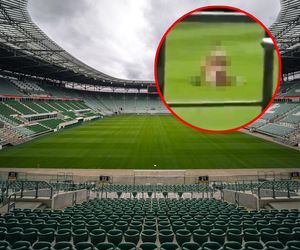

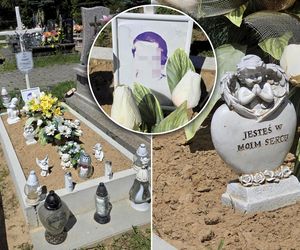
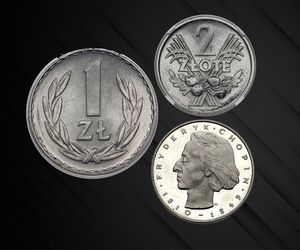
![PRIME MMA 13: Wyniki gali. Taazy poddał Tańculę! Dalton skończył Jówko w II rundzie! [WYNIKI NA ŻYWO]](https://cdn.galleries.smcloud.net/t/galleries/gf-AH9t-crNg-hhn5_dalton-na-prime-mma-13-300x250.jpg)










